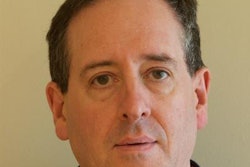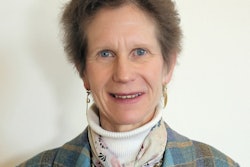Nearly 1 in 10 radiology posts in the U.K. were vacant in 2016, and 61% of those positions were unfilled for a year or more, according to a new report released by the Royal College of Radiologists (RCR).
While the ongoing shortage of radiologists remained evident in 2016, the need for imaging studies continues to grow, according to the RCR. The RCR's 2016 clinical radiology U.K. workforce census 2016 report found the number of CT and MRI scans each rose by more than 30%, a growth rate more than triple the rate of workplace growth. At the same time, imaging exams are getting more complex and require more time to interpret.
The high proportion of retirements versus new consultant members also means the U.K.'s radiologist workforce will increase by just 1% each year, the RCR said. Approximately one-fifth of the radiologist workforce across the U.K. is expected to retire within the next five years. In addition, the U.K. has the third lowest number of radiologists per population among 31 audited European Union (EU) countries, with 7.5 clinicians (radiology trainees and consultants combined) per 100,000 patients, according to the college. The EU average is 12.7 per 100,000.
In other report findings, the RCR found only 3% of National Health Service (NHS) imaging departments were able to report the entire patient imaging studies within normal working hours. The college also noted the NHS spent nearly 88 million pounds (98 million euros) in 2016 paying for backlogs of radiology examinations to be reported. The same amount could have paid for at least 1,028 full-time consultants, the RCR said.
"The government seems intent on sticking its proverbial head in the sand, constantly failing to invest in the much-needed trainee radiologists who will become the consultants of tomorrow," said RCR President Dr. Nicola Strickland in a statement. "Instead, it is content to waste millions of pounds of NHS funds paying for scans and x-rays to be reported out-of-hours, as well as paying for expensive locum consultants just to keep hospital imaging departments afloat."
The 2016 numbers show there is no end in sight for the U.K.'s ongoing shortage of radiologists, and the only lasting way to sort out this problem is to invest now in training many more radiologists, Strickland said.
"Cutting-edge radiology, such as life-altering stroke intervention and cardiac imaging, can only keep pace if we have enough radiologist doctors to do it," she said. "Without more radiologists, more patients will miss out on vital new interventional procedures, and they will wait even longer for diagnoses of cancer and serious diseases."
The full 2016 report can be found on the RCR's website.



















